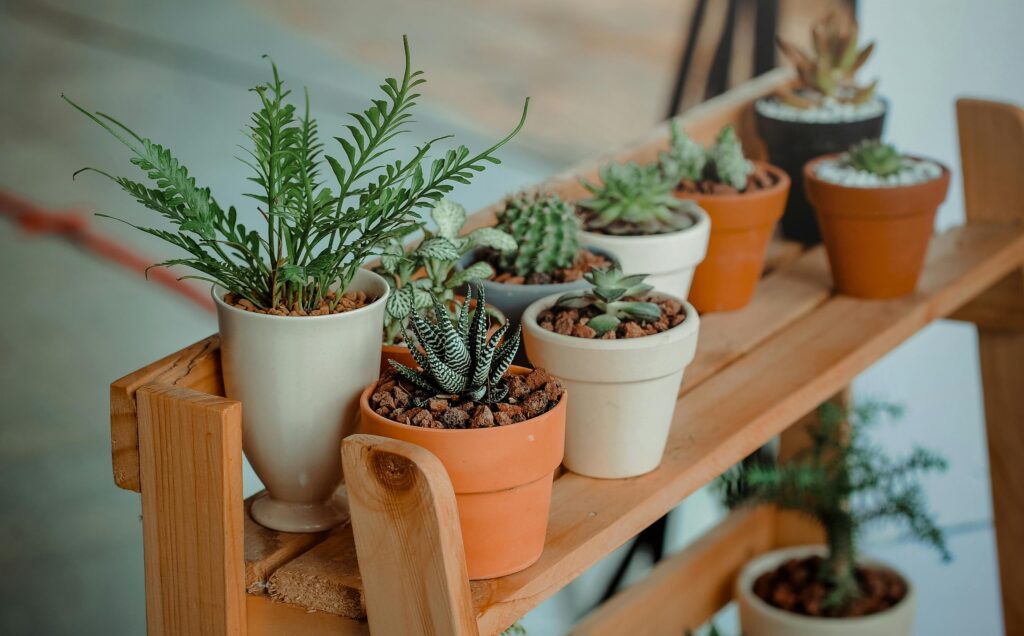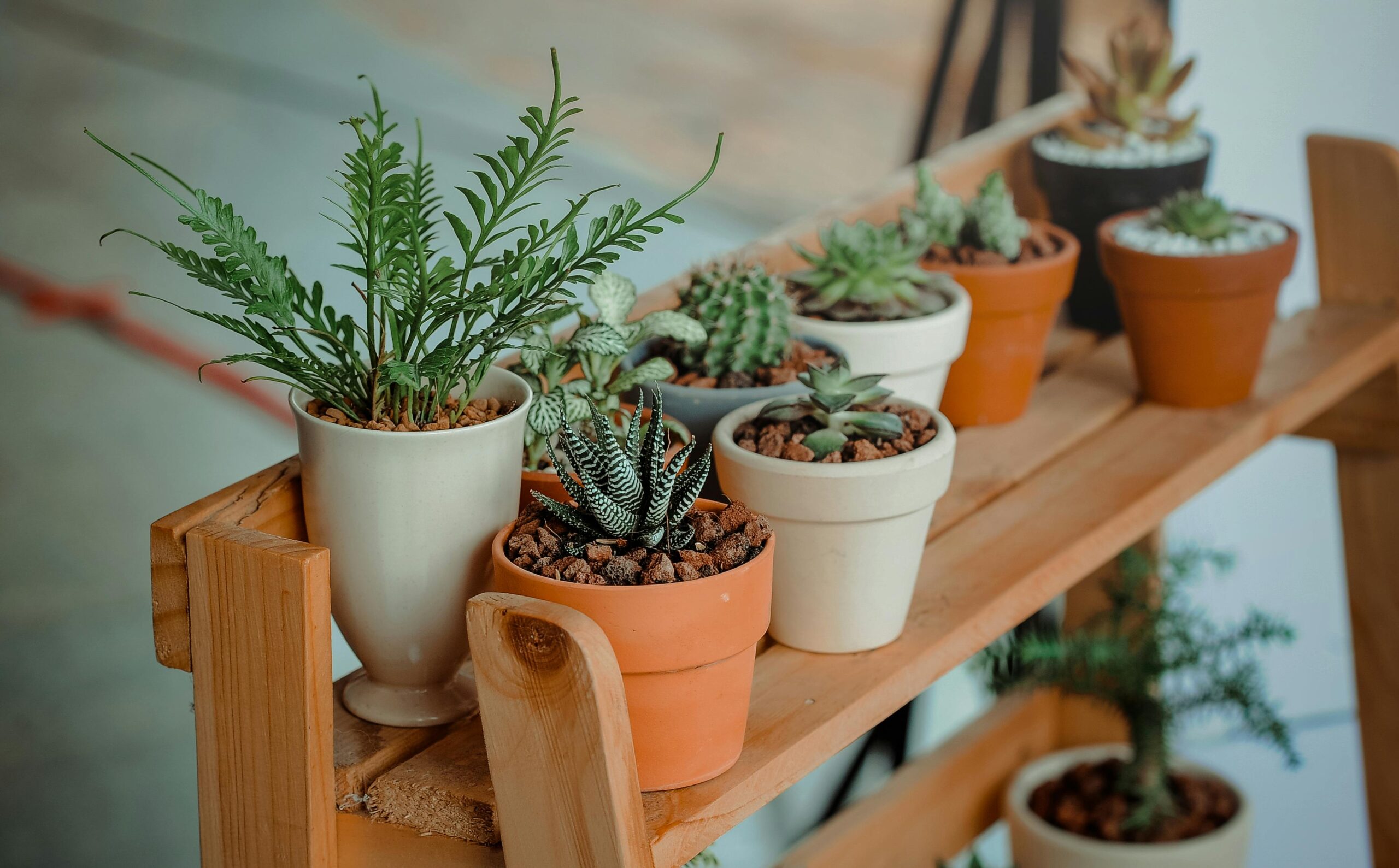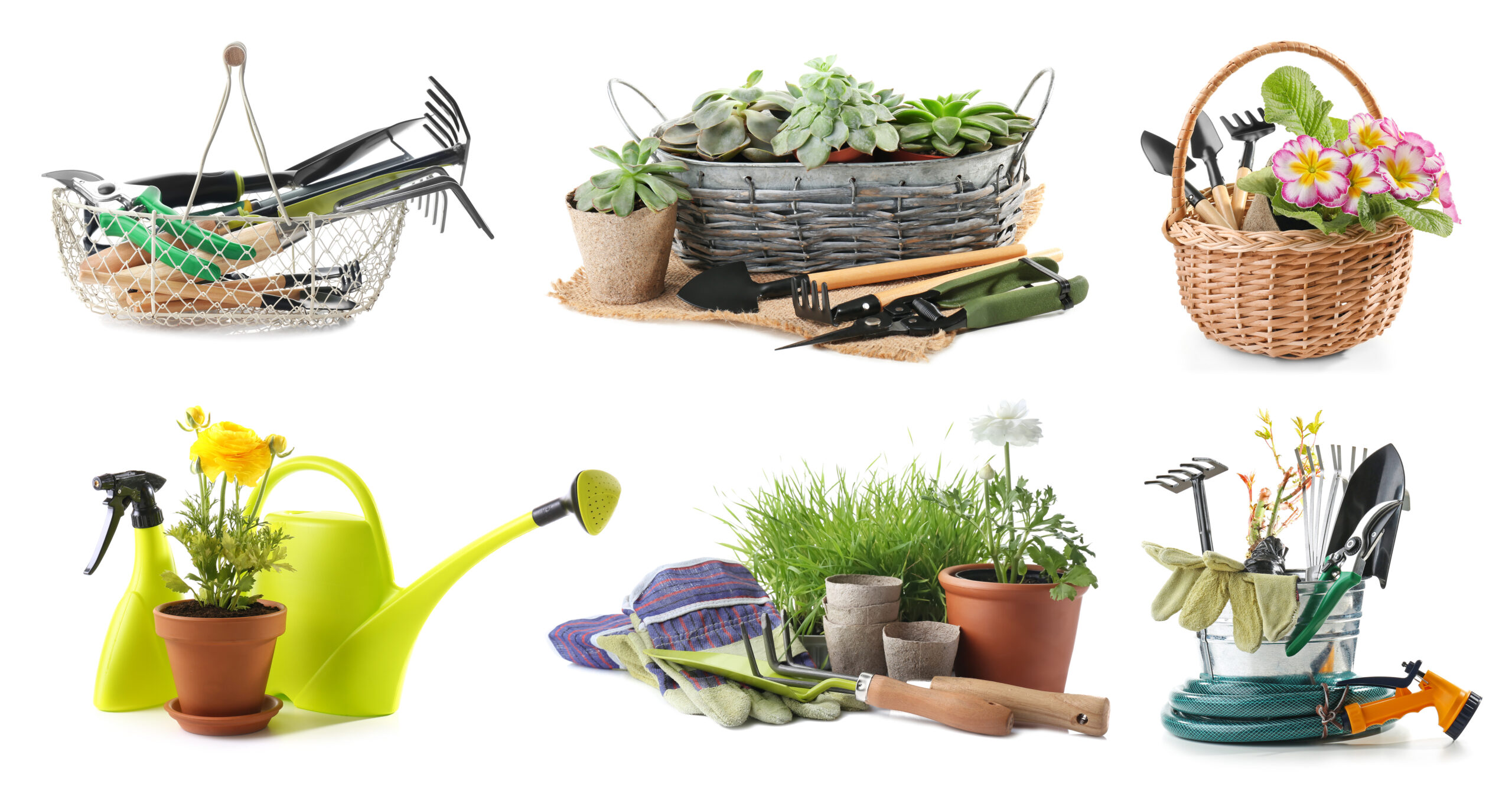
Understanding the Importance of Humidity
Tropical indoor plants, originating from rainforest environments, thrive in high humidity conditions that mimic their natural habitat. In most homes, especially during winter or in arid climates, the air can become too dry for these plants, leading to brown leaf tips, slowed growth, and increased vulnerability to pests. Understanding the humidity needs of your tropical plants is crucial to creating an environment where they can flourish, enhancing their beauty and growth.
Grouping Plants to Create a Microclimate
One effective way to increase humidity around your tropical plants is to group them together. This arrangement allows them to create a microclimate, where they naturally release moisture into the air through a process called transpiration. As the moisture evaporates from the leaves, it increases the humidity in the immediate vicinity of the plants. Grouping plants is not only practical but also creates a visually stunning indoor jungle effect, bringing a lush, vibrant feel to your space.
The Pebble Tray Method
A simple yet effective technique to boost humidity around your tropical plants is using a pebble tray. Fill a shallow tray with pebbles and add water until it reaches just below the top of the pebbles. Place your plant pots on top of the pebbles. As the water evaporates, it increases the humidity around the plants. This method provides a constant source of moisture, especially beneficial for plants that require high humidity levels, such as ferns, orchids, and anthuriums.
Utilizing Humidifiers for Consistent Humidity
For a more controlled approach to increasing humidity, consider using a humidifier. This can be particularly effective in larger rooms or areas where many tropical plants are kept together. A humidifier allows you to set the desired humidity level, ensuring your plants receive the right amount of moisture in the air, regardless of the season or natural climate of your home. It’s an investment that can make a significant difference in the health and vibrancy of your tropical plants.
Misting: A Direct Approach with Limitations
Misting your tropical plants can temporarily increase humidity and clean dust off leaves, aiding in photosynthesis. However, it’s important to note that misting provides only a short-term boost in humidity and, if overdone, can lead to leaf spots or fungal diseases. If you choose to mist, do so in the morning, allowing leaves to dry throughout the day. While misting can be beneficial, it should not be relied upon as the sole method for providing humidity.
Terrariums and Enclosed Spaces: Creating Humidity Havens
For small tropical plants, terrariums or glass enclosures can create ideal humid environments. These enclosed spaces trap moisture, significantly increasing humidity levels inside. Terrariums are especially suitable for moisture-loving plants like mosses, small ferns, and air plants. By carefully monitoring and maintaining the conditions within a terrarium, you can create a miniature tropical paradise that thrives in even the driest indoor environments.
Showering Your Plants: A Refreshing Humidity Boost
Occasionally showering your larger tropical plants not only helps to increase humidity but also removes dust and pests from their leaves. Place your plant in the shower and gently rinse with lukewarm water, ensuring not to disturb the soil. This method simulates a tropical rainstorm, providing a thorough hydration and humidity boost. Allow plants to drain completely before returning them to their usual spot.
Choosing the Right Location in Your Home
Positioning your tropical plants in naturally humid areas of your home, such as kitchens or bathrooms, where daily activities generate moisture, can help meet their humidity needs without extra effort. These rooms often have higher humidity levels due to cooking, showering, and running taps. Just be sure these areas also provide sufficient light to meet your plants’ photosynthesis needs.
Creating a humidity haven for tropical indoor plants requires a mix of strategic placement, creating microclimates, and sometimes using tools like humidifiers or pebble trays. Each method has its benefits and can be tailored to the specific needs of your plants and the conditions of your home. By effectively managing humidity, you can ensure your tropical plants not only survive but thrive, bringing a lush, vibrant touch of the tropics to your indoor space.



